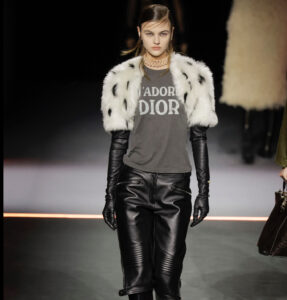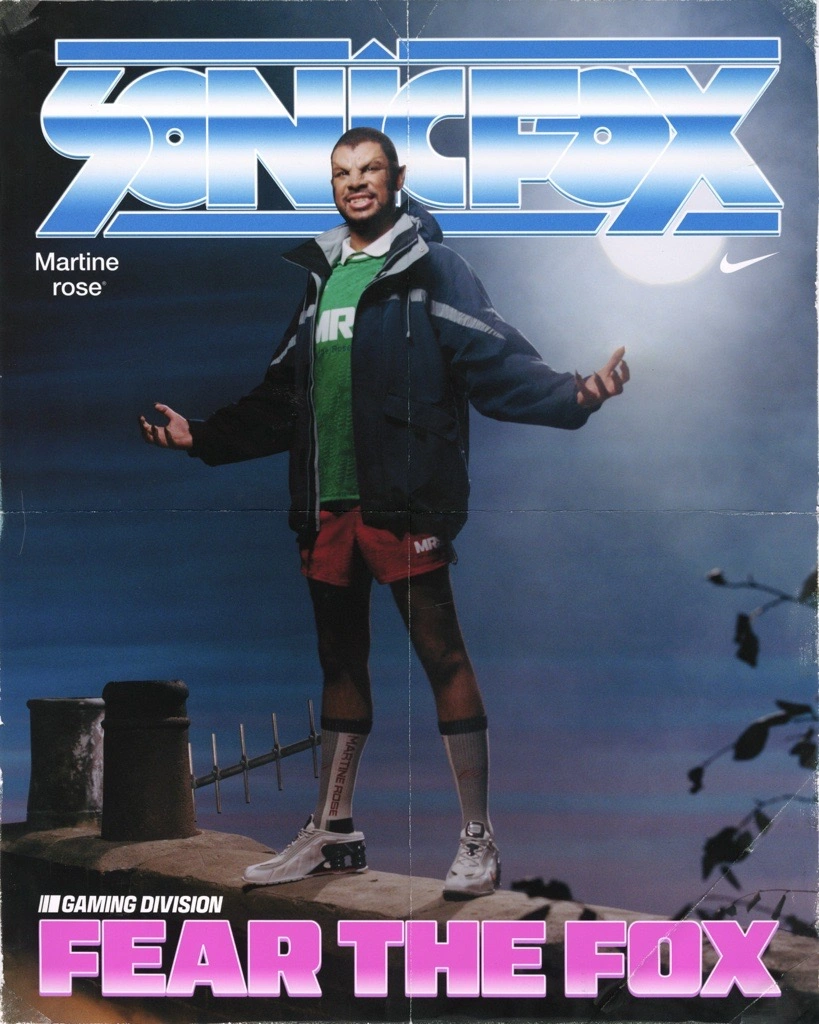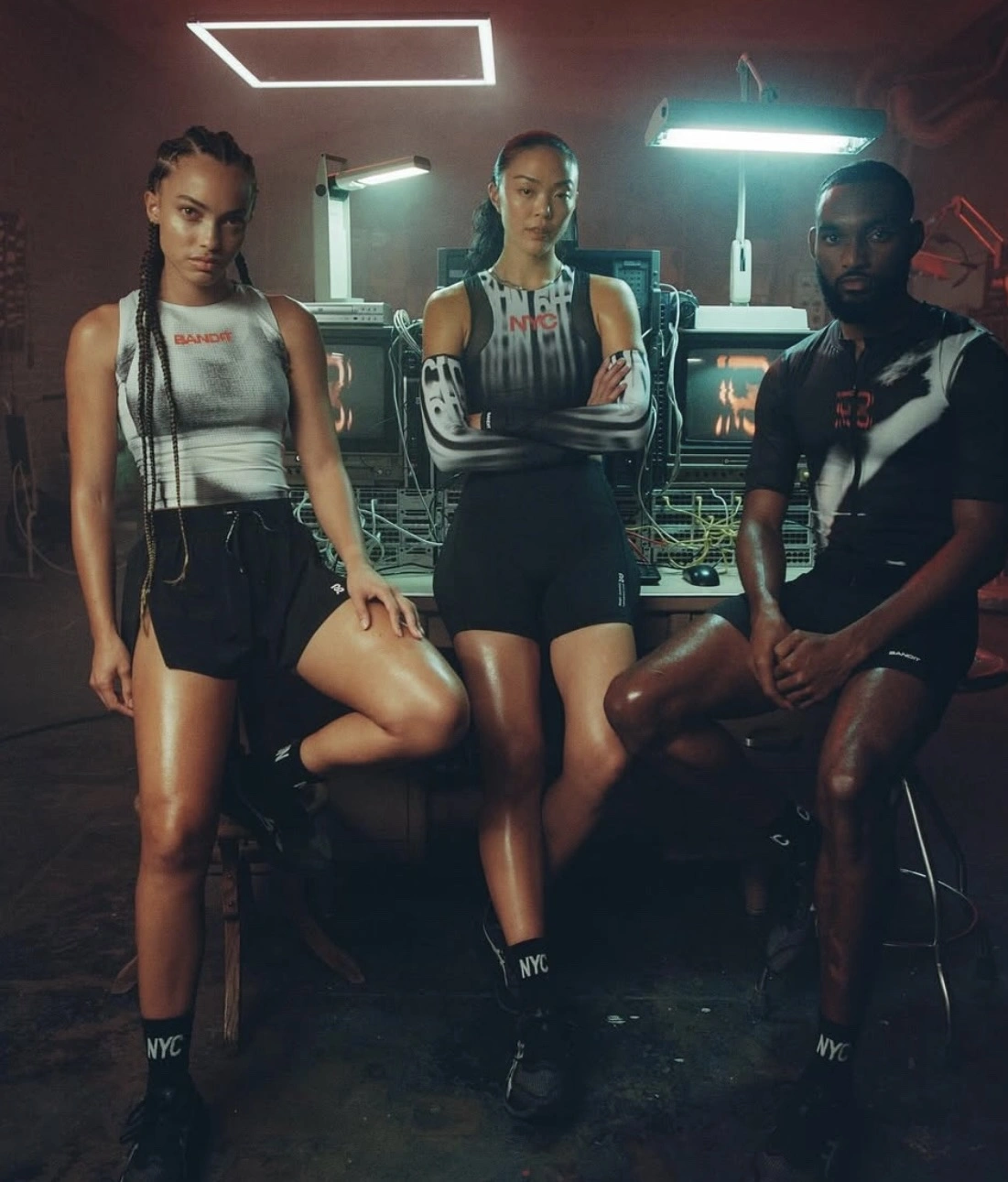When LVMH Moët Hennessy Louis Vuitton holds its Annual General Meeting, the entire luxury sector listens. This year’s AGM, held beneath the vaulted glass of the Carrousel du Louvre, came at a particularly charged moment.
Days earlier, LVMH reported a rare stumble—its Q1 earnings missed analyst expectations, and shares slid 8%. For a company that’s long been seen as bulletproof, the dip prompted headlines and nervous speculation.
But inside the AGM, Bernard Arnault, chairman and CEO of the world’s largest luxury group, wasn’t playing defense. He was charting vision. What unfolded was more than a shareholder meeting. It was a statement of intent from a man who has built an empire on patience, craftsmanship, and strategic boldness.
From the surprise appointment of Jonathan Anderson at Dior Men, to Arnault’s remarks on global trade and a renewed focus on “quality over growth,” here are the key takeaways from a meeting that’s sure to shape the year ahead in fashion, finance, and beyond.
Jonathan Anderson to Lead Dior Men
The biggest headline of the day didn’t come from the official agenda—it came in response to a shareholder’s question.
When asked about a successor to Kim Jones, who departed Dior Men in January, Arnault answered with a quiet bombshell: Jonathan Anderson will design the next Dior Men show, scheduled for June 27 in Paris. Hours later, the house issued a formal confirmation: Anderson is the new artistic director of Dior menswear.
This is a bold—and widely applauded—move.
As creative director of both JW Anderson and Loewe, Anderson has become one of fashion’s most visionary minds. His work at Loewe has taken the Spanish heritage brand from niche to powerhouse, blending surrealism with supreme craftsmanship. At JW Anderson, he has pushed gender boundaries and redefined how British fashion speaks to the world.
Bringing Anderson to Dior positions the house at the vanguard of cultural design, rather than chasing heritage or hype. It also affirms LVMH’s investment in longevity over trend cycles. Anderson isn’t just another rotating name in a revolving creative director door—he’s a generational talent with a long runway ahead.
The move also signals a directional shift for Dior Men. After the streetwear-tinged opulence of Kim Jones, Anderson’s cerebral sensuality could reshape the line in striking ways.
The End of Growth-at-All-Costs
One of the most discussed moments came when Arnault addressed LVMH’s Q1 earnings miss. Rather than spin or deflect, he delivered a direct—and somewhat contrarian—message:
“You have to stop thinking in terms of growth and instead think in terms of quality. If we wanted to achieve 10 percent growth at Louis Vuitton, we’d press a button and tomorrow morning we’ll achieve it.”
This wasn’t arrogance. It was a strategic repositioning.
Arnault argued that obsessing over growth metrics risks damaging the exclusivity and aura that makes luxury… luxury. The message was clear: LVMH won’t chase volume at the expense of brand integrity.
This reflects a broader industry moment. After years of hypergrowth—driven by post-COVID revenge spending, China’s rebound, and e-commerce expansion—luxury is hitting its natural ceiling. The companies that thrive in the next cycle will be those that prioritize brand equity, emotional value, and long-term desirability.
It’s a subtle but important recalibration: less scale, more significance.
A Stronger Footing in the U.S.
Trade tensions with the U.S. were another focal point. With looming 10% tariffs on European imports and fears of escalation, Arnault made an emphatic case for an EU-U.S. free trade agreement.
“The time has come to do a real free trade zone between the United States and Europe,” he said. “Otherwise, we are going to lose.”
The stakes are high—especially for LVMH’s wine and spirits business, which could be hit hard by American duties. But this wasn’t just about reacting to tariffs. Arnault hinted that LVMH is exploring more domestic U.S. production, not just to sidestep policy, but to deepen its American footprint.
For a European house that has long leaned into Parisian roots and continental manufacturing, this marks a strategic pivot: not globalization for its own sake, but regional resilience.
Arnault’s Future: Five More Years at the Helm
One of the AGM’s most consequential votes was also its quietest.
Shareholders approved a bylaw change that raises the maximum CEO age from 80 to 85. Bernard Arnault, now 76, is officially cleared to continue leading LVMH into the 2030s.
This came as no surprise. Arnault remains as active, sharp, and engaged as ever. But the vote was more than symbolic—it was a clear signal of continuity and stability, even in turbulent times.
Of course, succession planning remains a sensitive topic. All five of Arnault’s children already hold key leadership positions within LVMH. Delphine leads Dior, Antoine oversees communications and image, Alexandre and Frédéric are heading TAG Heuer and Tiffany, and Jean is rising within Louis Vuitton.
But for now, there is no rush. As Arnault’s strategic clarity and shareholder confidence make clear, the empire’s founder is far from done.
Executive Committee Shakeup: Future-Proofing the C-Suite
The AGM also marked a quieter but no less significant change in LVMH’s leadership structure: a reshuffling of the executive committee.
Four senior executives are stepping down, and two new appointments are coming in. According to Group Managing Director Stéphane Bianchi, the move is about generational renewal and future-readiness—not reaction to performance.
It’s part of a broader LVMH trend: refreshing leadership while preserving DNA. As the company navigates new consumer expectations, digital transformation, and geopolitical complexity, the people behind the scenes are evolving too.
This isn’t just top-down strategy—it’s succession planning with intent.
The Dior Show: A Paris Moment to Watch
Back to Anderson for a moment.
His first Dior Men show, set for June 27, is likely to be one of the most closely watched events of the summer fashion calendar. It will land at a time when Paris Fashion Week is increasingly seen not just as a heritage platform, but as a launchpad for redefinition.
With Anderson’s arrival, expectations will be high. Will he reimagine tailoring? Reinvent the codes of masculinity at Dior? Will he bring the surrealism of Loewe or something entirely new?
Whatever he unveils, it’s already clear that LVMH’s play isn’t about chasing younger consumers with gimmicks. It’s about giving serious designers the room to build cultural capital, not just seasonal hits.
Impression
This year’s LVMH AGM wasn’t about fireworks—it was about foundations. It marked a shift from performance to philosophy, from fast growth to deep roots.
In a luxury market grappling with consumer fatigue, political volatility, and the end of easy growth, LVMH isn’t retreating. It’s reasserting its core belief: that excellence, vision, and brand discipline will outlast cycles.
Jonathan Anderson at Dior. A longer runway for Arnault. A recommitment to brand purity. And the courage to slow down, even when the market demands speed.
No comments yet.









